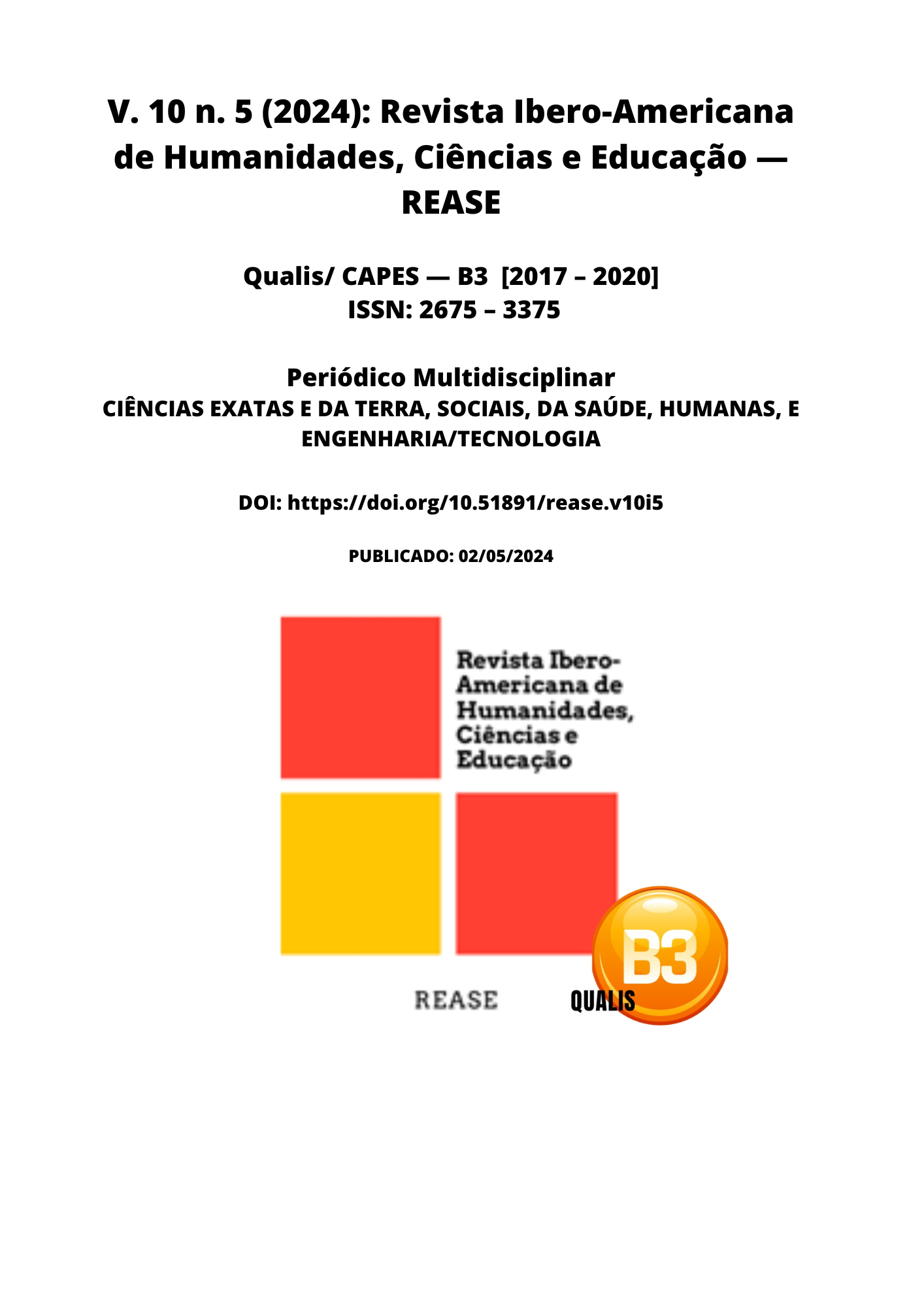ORALITY IN THE JURY COURT AND THE FREE CONVINCATION OF JURS
DOI:
https://doi.org/10.51891/rease.v10i5.13913Keywords:
Orality. Jury. Free convincing. Fundamental rights.Abstract
The evidence in the criminal process is the result of the past narrative reconstruction of the facts exposed by the procedural participants and collaborators of justice, so that they acquire meaning only when interpreted by the judge. In the plenary session of the jury, orality predominates in the procedural dynamics, which reveals more immediacy in the interpretation of the evidence and exalts the use of rhetoric and pragmatic discourse by the prosecution and the defense in the conviction of jurors. It turns out that this conviction is unfounded and prevents understanding the rationality of decisions, given the fundamental right of sovereignty of verdicts. The purpose of this article is to analyze the peculiarities of orality in the conviction of jurors and, in this way, to point out the imperfections of the procedural dynamics of the Jury. For that, the hypothetical-deductive and bibliographic review methods are used. It is based on the hypothesis that the intimate conviction of jurors results mainly from the speeches elaborated by the parties, as well as the testimony of witnesses and judicial experts, that is, the final decision would be the result of communicative situations that follow each other in the trial.
Downloads
Downloads
Published
How to Cite
Issue
Section
Categories
License
Atribuição CC BY

